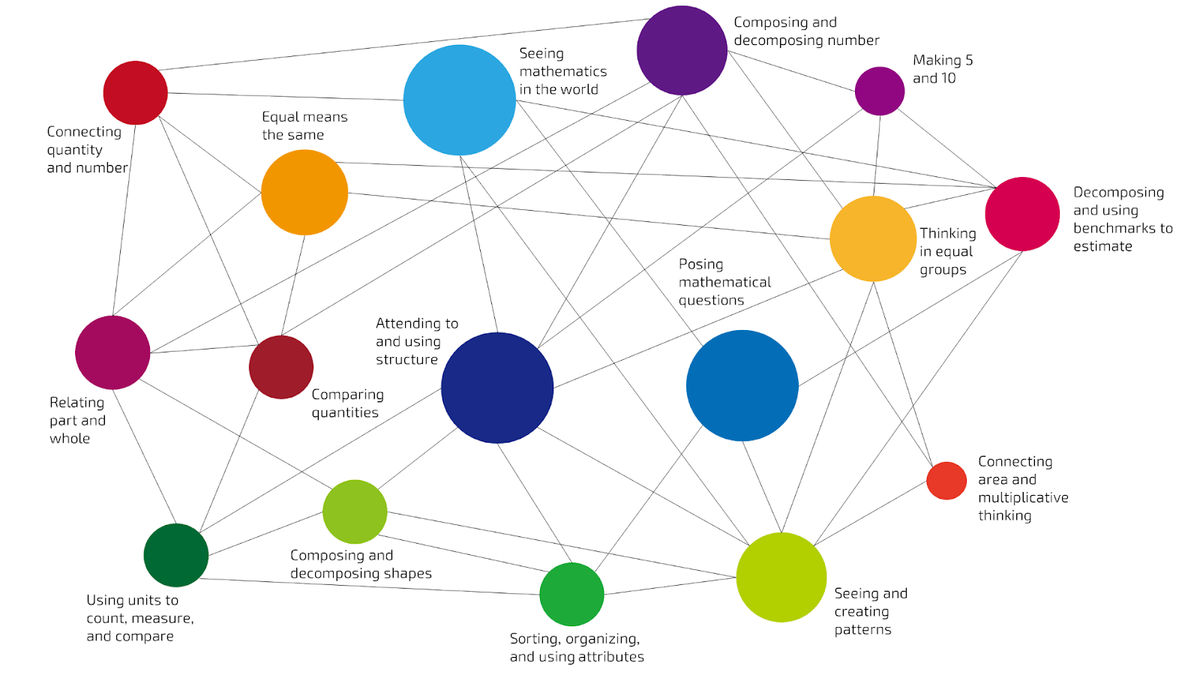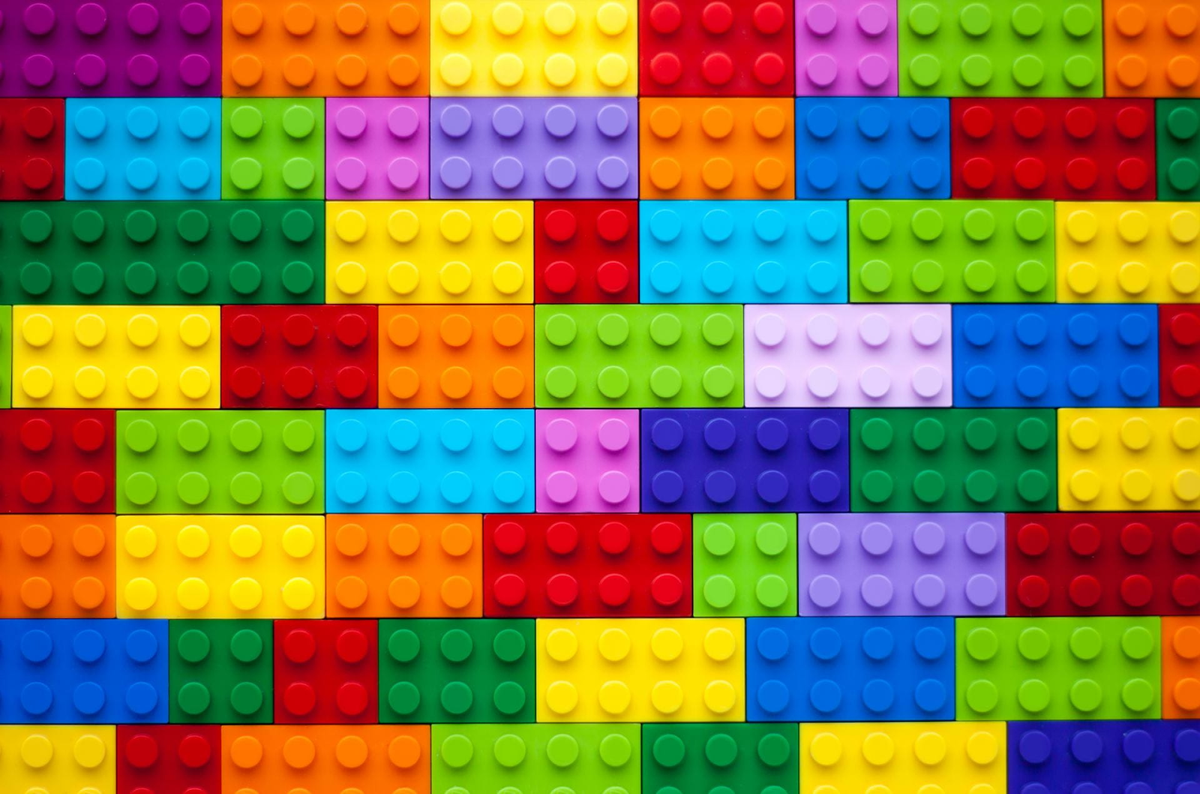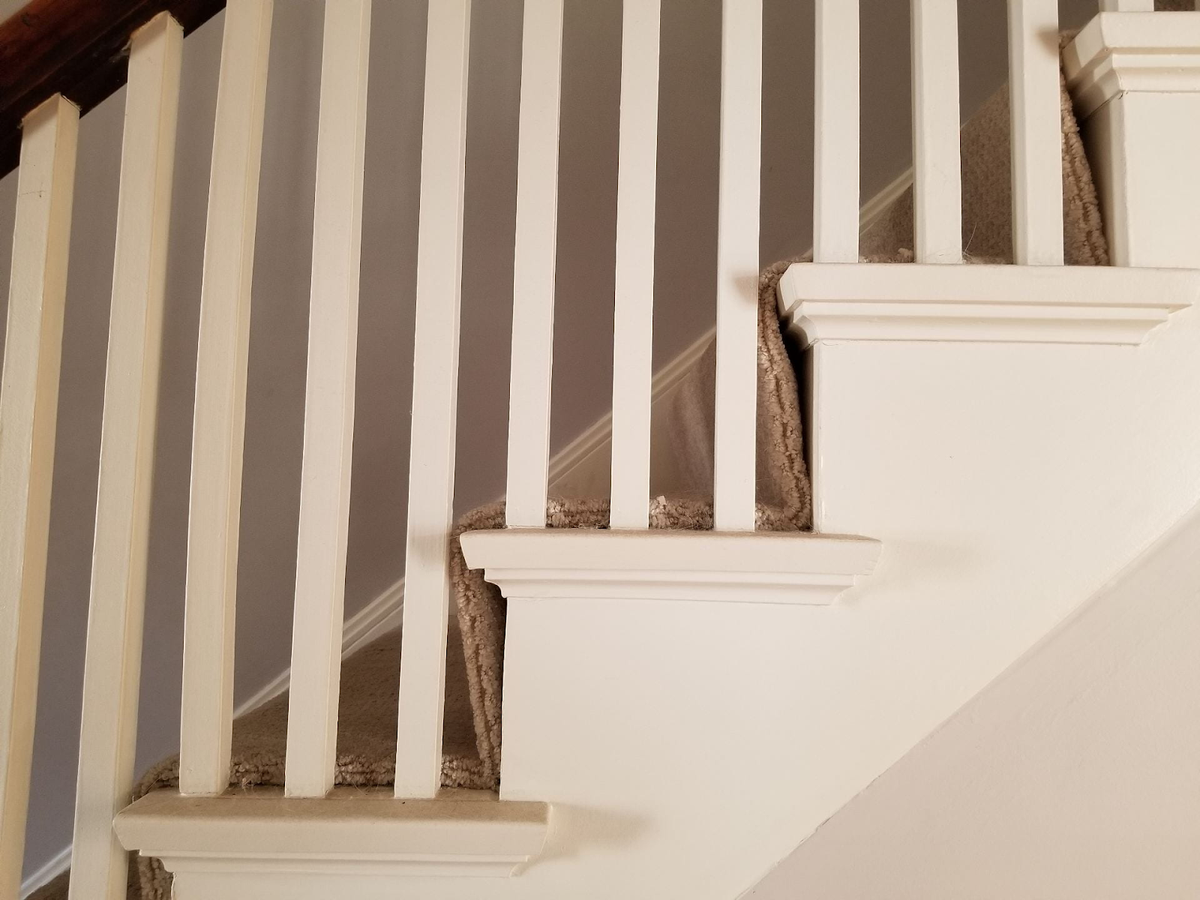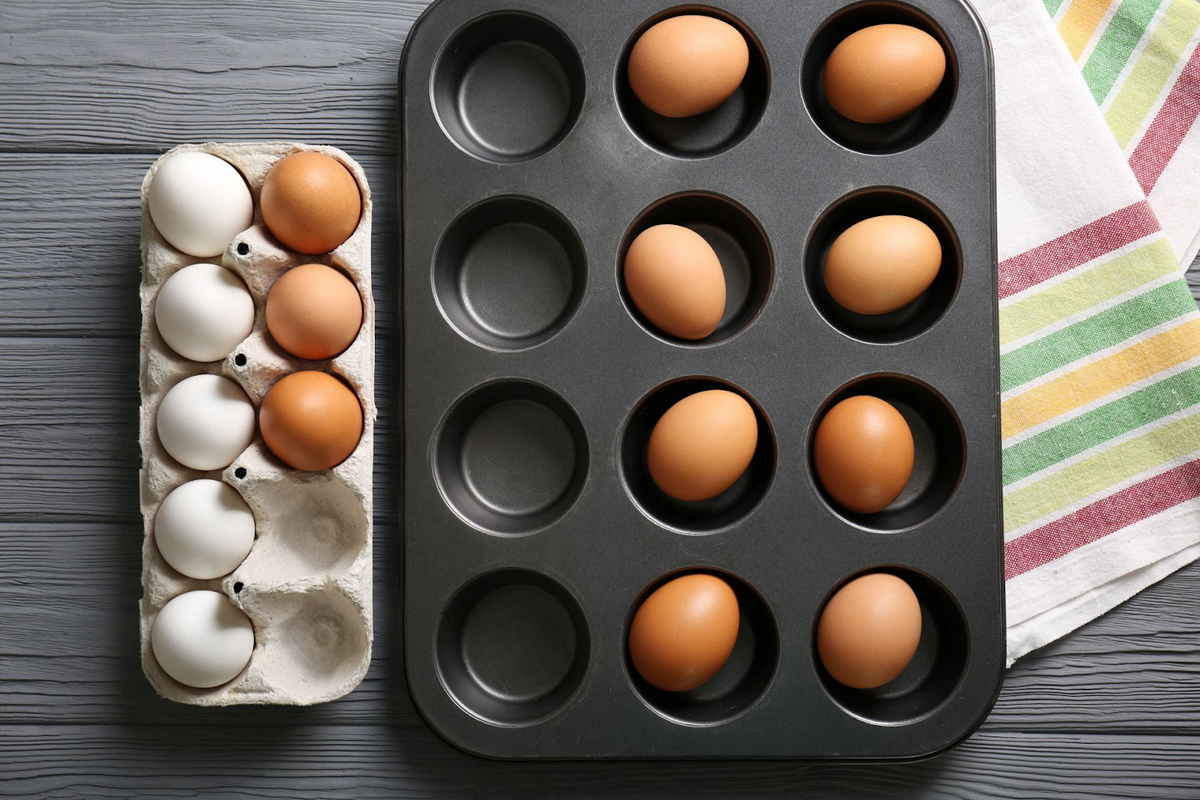Curriculum
Carolyn Platt | Mathematics Learning Specialist

Curriculum
Carolyn Platt | Mathematics Learning Specialist
Maths gives our students a means to quantify, compare, communicate and make sense of situations.
As you will have read in recent newsletters, the new Victorian Mathematics curriculum is now separated into six strands (Number, Algebra, Measurement, Shape, Statistics and Probability from year 3). However, that is not to say our Maths teaching and learning is split into six discrete areas. Maths learning is a beautiful, interconnected web of concepts, skills, procedures and processes, so our work at school continuously circles between the strands and interleaves them. Examples of this could include a measurement lesson that also incorporates place value and multiplicative thinking when it involves converting between mm, cm, metres and km. A fractions or decimals lesson within the Number strand might be interleaved with Measurement when students work with scaled tools to measure mass, capacity or length. One of my favourite early years tasks is called ‘Adding the corners’ where we combine Number and Shape and students draw a shape with a target number in the centre and then need to combine their knowledge of the properties of 2D shapes (ie how many corners/vertices) with addition and subtraction.


In addition to the six strands, our curriculum also addresses the expectation of developing the four proficiencies of understanding, reasoning, problem solving and fluency across all six strands. At Hampton we add a fifth proficiency of developing a positive learner disposition towards challenge, perseverance and application of what students already know to new situations.
In preparation for the new curriculum, we spent much of last year working to ensure our Maths Instructional Model and all our planning documents were aligned with the curriculum changes and current research into best practice to support our teaching and student learning at Hampton. We have carefully audited the curriculum content and created comprehensive and updated Year Overviews for every team. This work aims to ensure not only that everything is addressed, but also that the strands are explicitly interleaved and the ‘big ideas’ are sequenced, embedded and revisited regularly throughout the year to ensure deep conceptual understanding with differentiated support for all students at their developmental point of need.
With the holidays almost upon us, we encourage you to enjoy, celebrate and use the Maths that is all around us; whether that be in craft and building, cooking and sharing, reading maps or creating them, playing games and keeping score or timing, Lego creations and instructions, drawing with shapes and patterns, planning events as well as simply noticing and wondering about the world around us. There is a great website here with loads of Maths games that your children are already familiar with as we use many of them at school to consolidate the learning. The games are sorted by year levels and whether they involve number sense, the operations (addition, subtraction, multiplication, division) or other areas such as probability, measurement or space. They are all presented as short videos, they require very little in the way of set-up and many include good questions to ask your child while playing. If you don’t have dice at home, there are free apps for virtual dice such as this one. Not only do these games help you help your child build their Maths skills at home without stress, they are also a fabulous opportunity to have some wonderful family time together!
If you have any questions about Maths at school or how to support your child at home, please feel free to contact me or your child’s Teacher. In the meantime enjoy your positive, powerful and playful Maths experiences with your children!











